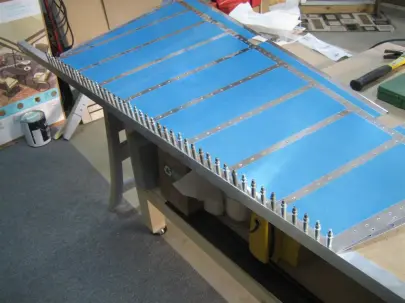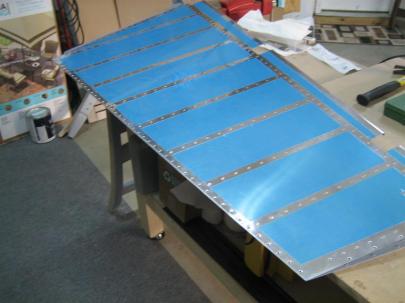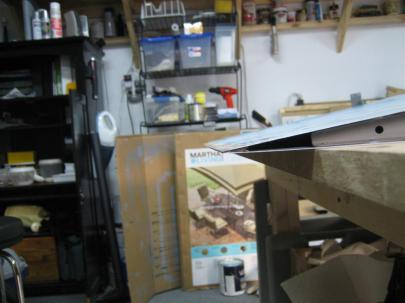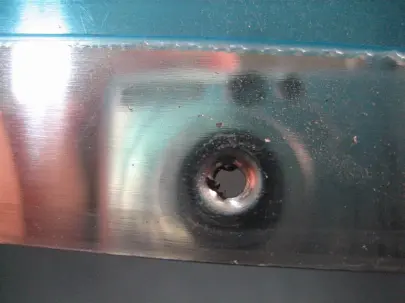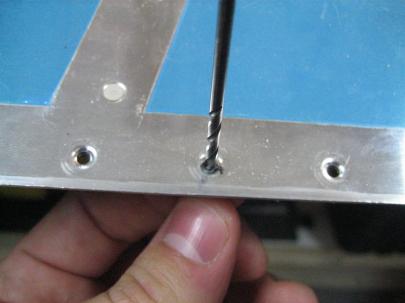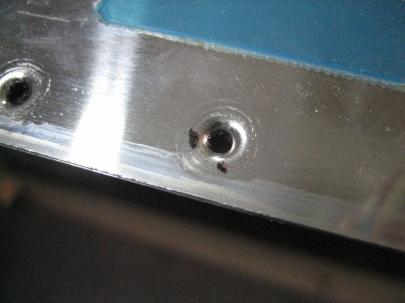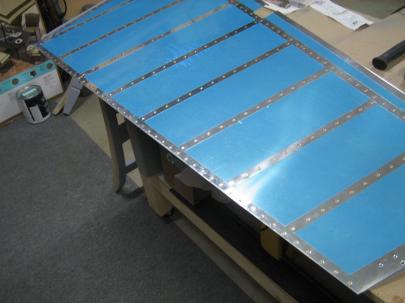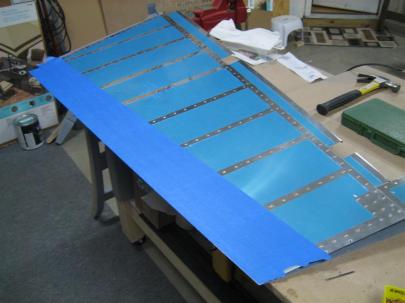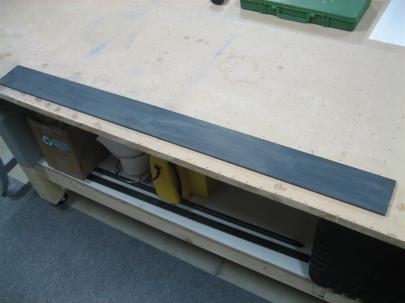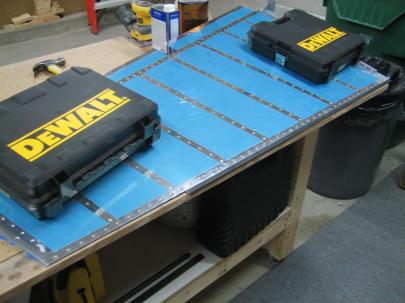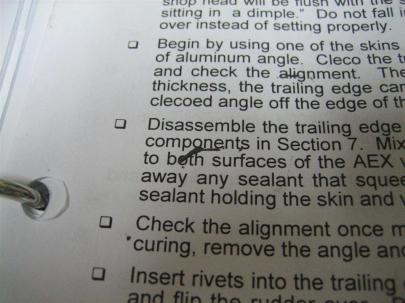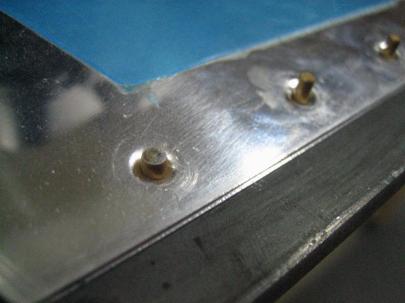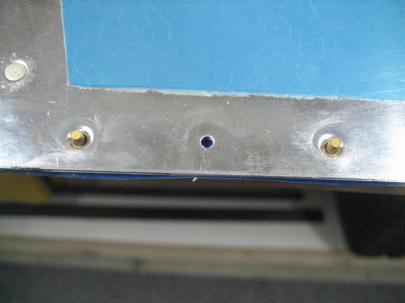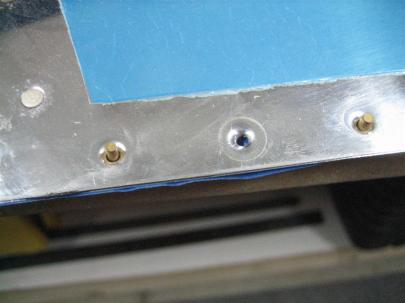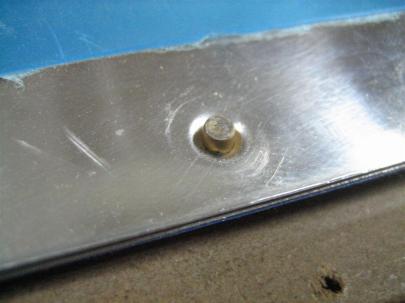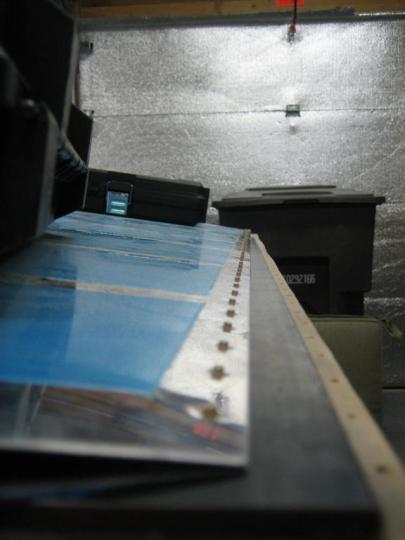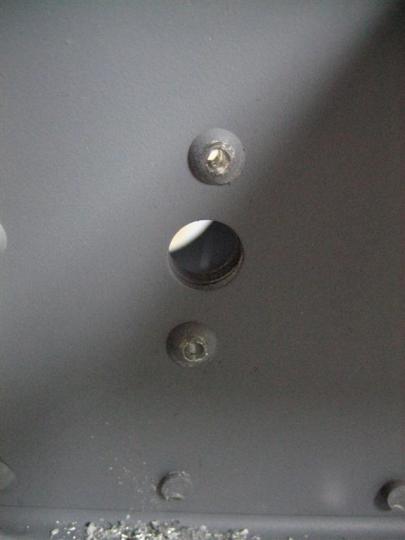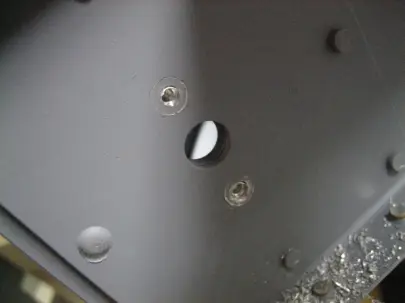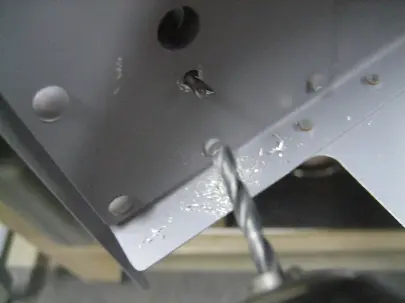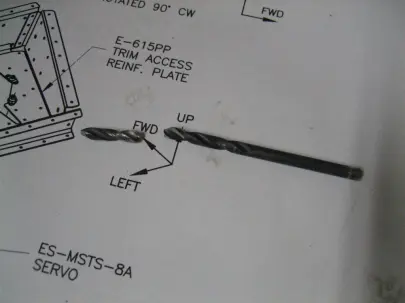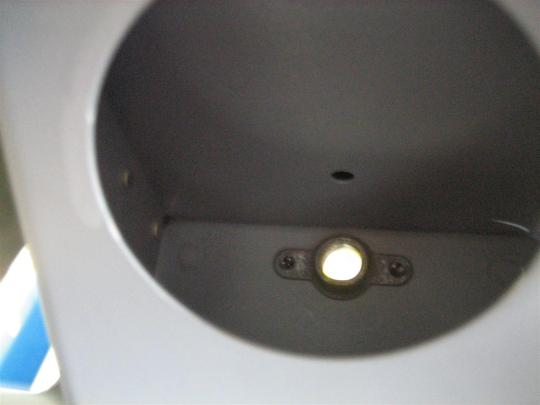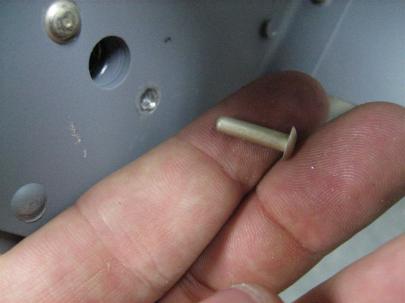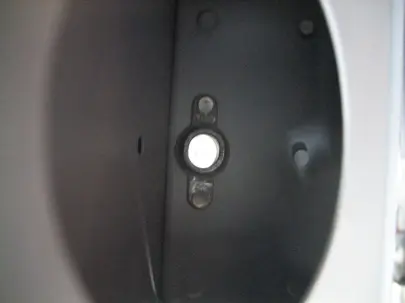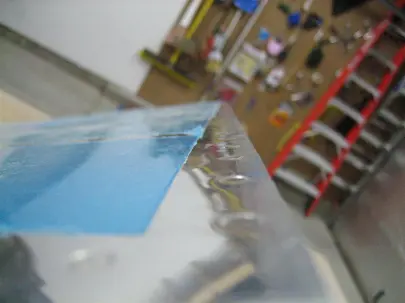Well, it’s been 3 days since I prosealed the trailing edge, so I mentally prepared myself for the dreaded riveting of the trailing edge.
Next, I pulled out all of the clecos and admired how straight it looks.
The clecos were easy to pull out, not a lot of pro-seal on them, and there was very little remaining in the holes. The usual step here, however, is to clean them up. Here’s a before picture.
Here I am using a #40 in my fingers to scrape some of the pro-seal out.
Next up, put the rivets in the holes to prepare for backriveting.
And here’s my new backriveting plate. I wanted a nice long piece. It’s not quite as long as the trailing edge, but I didn’t have to move it around very much.
And my setup. The power tools are holding the skin flat against the table and backriveting plate.
Let’s re-read the directions. HOly crap, the pro-seal gets everywhere.
Alright, let’s start riveting. First thing, set every tenth rivet about halfway.
Everything was going smoothly until I got to this rivet. Can you see what I missed here?
I pulled the rivet out, put my male dimple die in the hole, and gave it a good whack with the hammer.
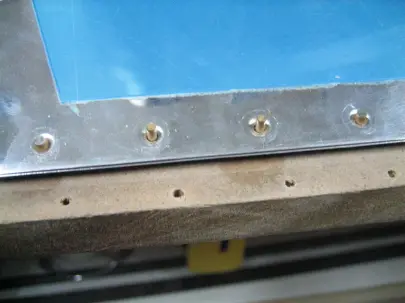
With the rivet back in. This is the shop head side, so you won't even notice. In fact, I dare you to try to find this hole when the plane is done.
Back to riveting. I followed the directions and kept riveting every tenth, then fifth, then third, etc., until they were all halfway set.
Verifying that things are still straight.
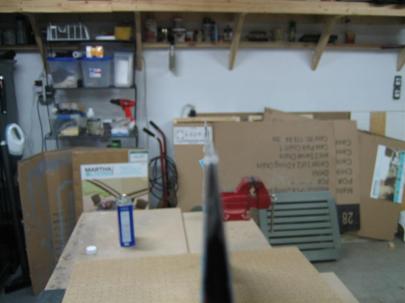
Yup. Straight. Although I know why the picture is blurry. Apparently I left the cap off of the MEK. Oops.
So then I flipped the rudder over, and finished up, per the directions. Except a few things started going wrong (which is why I don’t have any pictures.)
First, I must not have had the rudder down perfectly against the backriveting plate. A few of the manufactured heads were protruding from the skins. Luckily, they rivets were only half set, so most of them were able to be pushed back into their dimples and set further after flipping the rudder back to the original side and backriveting a little more.
Next, my rivet gun pressure was set too low (I thought this meant I was being careful). The gun wasn’t getting the job done before it jumped around a little and cause a couple very minute dings. A lot of my other dings have been pretty small, and these are even smaller. I doubt you would notice if I didn’t mention it, but I’m trying to capture my experiences here, so I offer it up as a lesson learned.
Finally, when they tell you to flip the rudder over to finish the half-set backriveted shop heads, I’m not sure how this is supposed to work. With the long backriveting plate, the rudder is being supported by all of the proud shop heads, so if you rivet the manufactured head side, you’ll be adding a local bow to the trailing edge. I didn’t buy this, so I stuck with the first side and got the shop heads pretty well flush. Once that was done, I finally flipped it over to make sure they were backriveted flush.
I have some pictures of the trailing edge at the end, but after I finished, I drilled out and reset the four rivets I had previously marked.

A nicely reset flush rivet. The skin got a little scuffed here. I hope this polishes out. (Although I am now thinking paint for the rudder.)
Here’s me drilling out the lower nutplate mounting rivets. Notice the missing nutplate.
Then, use a #30 to finish drilling out.
Okay, now I can install the nutplate.
I had read people say “the -7 rivets were too short here, I had to move up to a -8.” The warning bells were going off when I originally set these; I was thinking, “these -7s fit just fine, I don’t know what all the fuss was about.”
Of course, I tried the -7 with the nutplates installed, and yes, they were too short. I had to move to a -8, too.
A very bad picture of the nutplate installed.
Okay, back to the trailing edge. I really didn’t get a great picture of how straight it was, but it is straight. There are a couple local areas where there is some slight back and forth, but it is within a 1/32″ and it’s over the course of 4 or 5 inches. You won’t see it unless you scope down the edge, which I’m probably not going to let you do if you come near my plane. Just kidding.
All in all, an hour and a half today. 56 rivets on the trailing edge. 4 rivets drilled out elsewhere (but already counted in the final rivet count, so I won’t recount those). I’ll try to get a better picture of the trailing edge later and post it here. (The trailing edge picture at the beginning of this post is a good angle and focal length, I’ll try that one again.)
